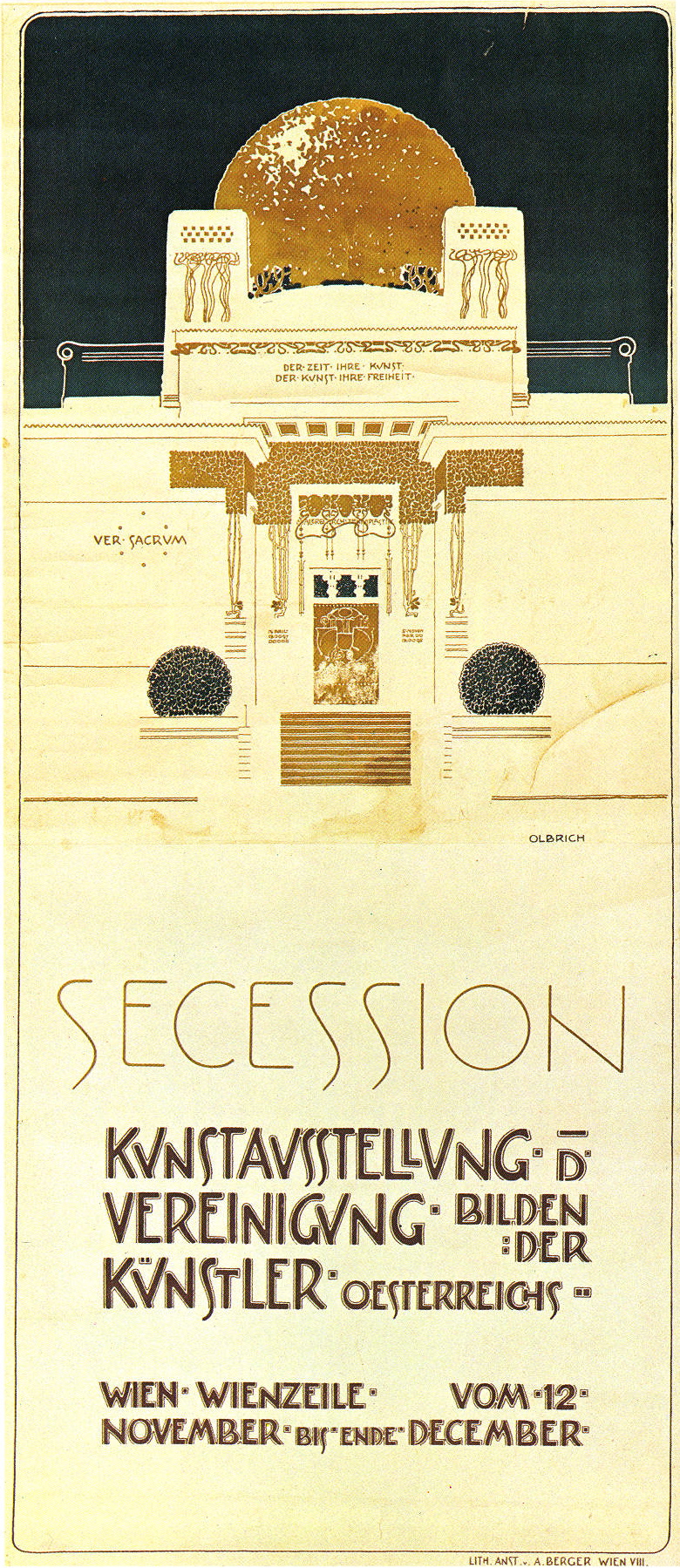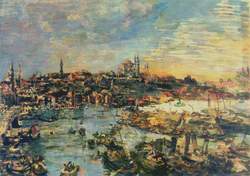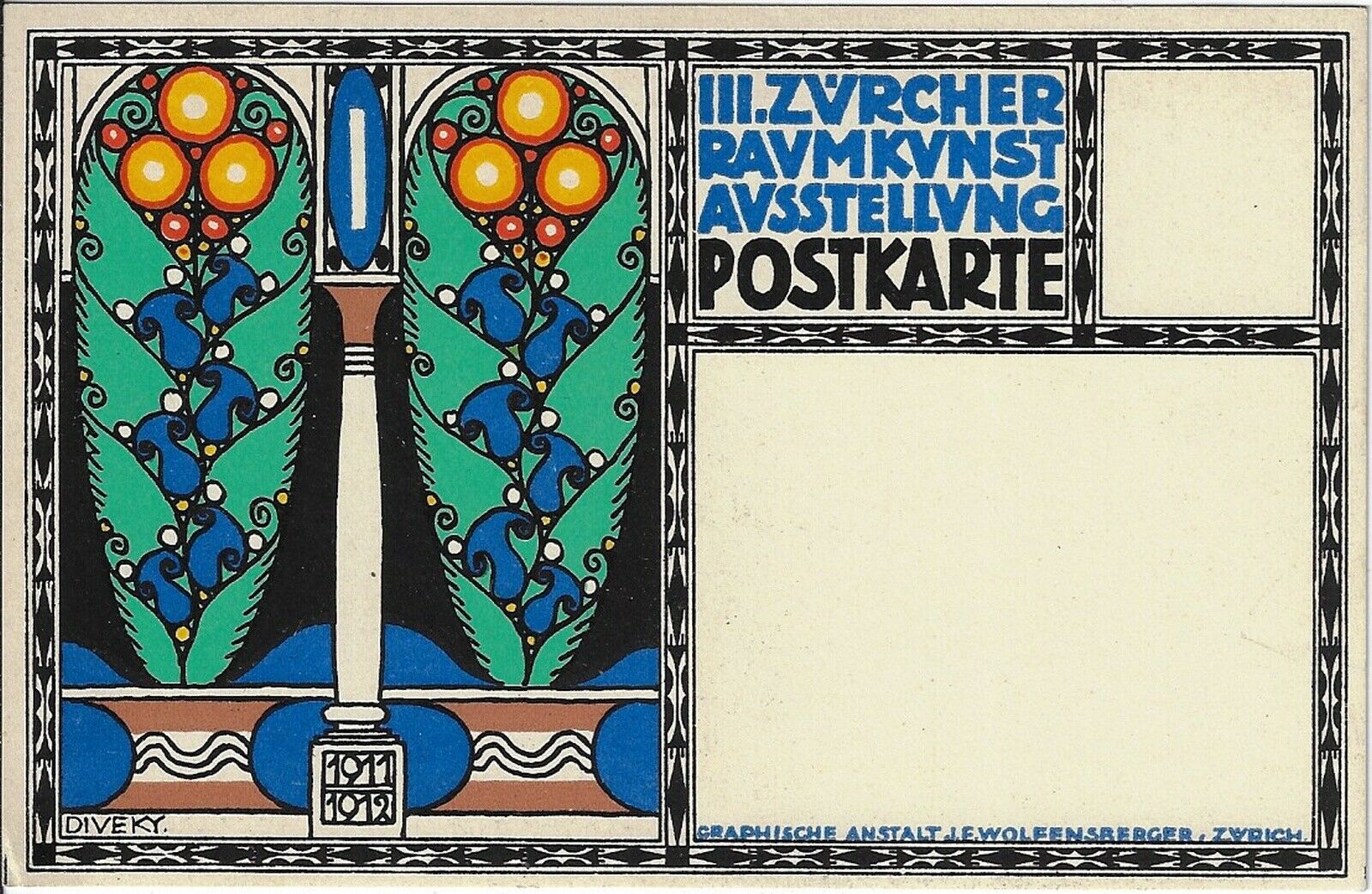
These recent pictures are flanked by an ensemble of five paintings from the 1960s, the period in Jaray’s oeuvre when she devised her unmistakable personal visual language: a nonrepresentational and formalist painterly practice that employs basic geometric shapes, patterns, repetition, seriality, precision, and linearity to chart the manifold interactions between painting and space, color and surface, form and content, perception and emotion. Yet in Return to Vienna: The Paintings of Tess Jaray, the British artist with Austrian roots chose to present something different: a selection of twenty-five works, the majority dating from the past several years, that shed light on current concerns in her art such as her investigation of the art-historical tradition of the circular painting. Given that her oeuvre spans such a long time, a conventional retrospective would hardly have been uninteresting. Tess Jaray Return to Vienna: The Paintings of Tess Jaray February 19 – April 18, 2021įor over sixty years, Tess Jaray has made formally austere paintings, dedicating herself to an analysis of the relationships between painting and architecture, between picture and beholder. Board of Trustees of the Friends of the Secession.Association of Visual Artists Vienna Secession.Some 150 color images and 75 black and white archival illustrations make this a sumptuous and historically engrossing study of a period when Vienna was the centre of the European art world.

In other fields, Mahler, Freud and Schnitzler were influencing the avant-garde.The book includes eye-witness accounts of exhibitions, the opening of the Secession building and other events, and the result is a fascinating documentary study of the members of an artistic movement which is much admired today. Klimt, Kokoschka and Schiele were the leading figures in the fine arts Wagner, Olbrich, Loos and Hoffmann in architecture and the applied arts. Art in Vienna, 1898-1918: Klimt, Kokoschka, Schiele and their Contemporaries, now published in its 4th edition, brilliantly traces the course of this development. Their work shocked a conservative public, but their successive exhibitions, their magazine Ver Sacrum, and their application to the applied arts and architecture soon brought them an enthusiastic following and wealthy patronage.

The artistic stagnation of Vienna at the end of the 19th century was rudely shaken by the artists of the Vienna Secession. "synopsis" may belong to another edition of this title.īook Description Hardback.

The book includes eye‐witness accounts of exhibitions, the opening of the Secession building and other events, and the result is a fascinating documentary study of the members of an artistic movement which is much admired today. In other fields, Mahler, Freud and Schnitzler were influencing the avant‐garde. Art in Vienna, 1898–1918: Klimt, Kokoschka, Schiele and their Contemporaries, now published in its 4th edition, brilliantly traces the course of this development.



 0 kommentar(er)
0 kommentar(er)
